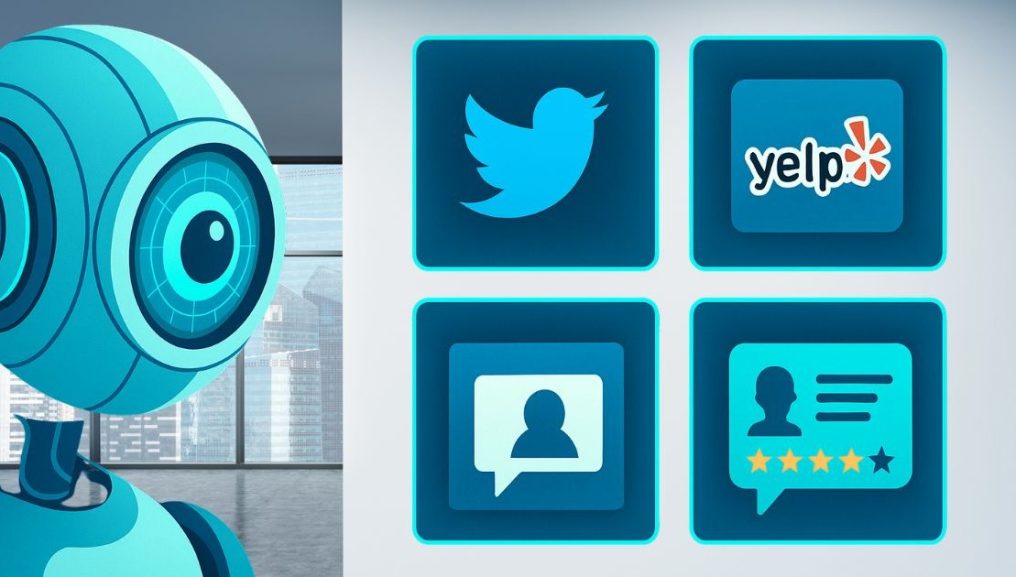Your brand’s reputation is everything; AI can ensure it stays secure By Adam Mohrbacher It will probably come as no surprise that Abraham Lincoln, famously known as “Honest Abe,” once said, “Reputation is like fine china: Once broken it’s very hard to repair.” Although Lincoln lived in the 19th century, his words have never been more relevant to how we …
Get a Jump on the Spring Selling Season
Unless you’re a spring chicken, most real estate and title insurance professionals know that as the weather begins to heat up a bit, so does the market. But seizing on business opportunities during this time is not something that happens by accident. Instead, it requires thoughtful, well-executed marketing strategies. Here’s how you can ensure you’re ready for action now that …
3 Online Tools to Streamline Your Social Marketing
We’ve found three tools that make it easier to manage your social media platforms. A strong social media presence is one way to increase the visibility of your business, expand your reach and generate new leads: Buffer: Buffer is a relatively simple web application that allows users to schedule social media posts across a variety of social network platforms. Dually mobile and desktop …
Social Media Strategy – How to Plan, Analyze and Measure Results
No matter how you choose to approach social media, be it through organic content posts, the pay-to-play model or a mix of both, you should have a solid social media strategic communications plan in place before you get down to business. Your plan should start with clear objectives, including defined target audiences. Are you elevating awareness for a specific event …


